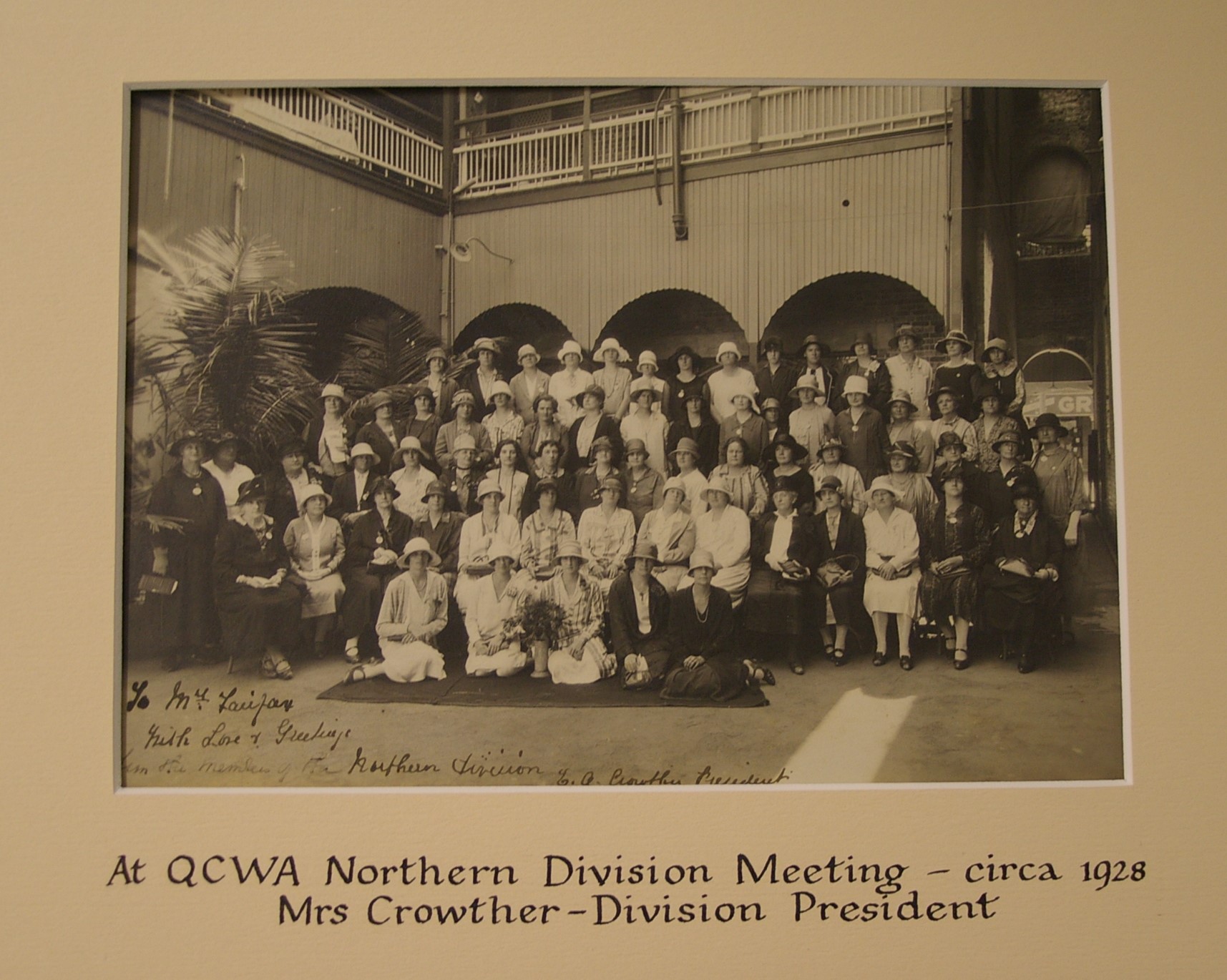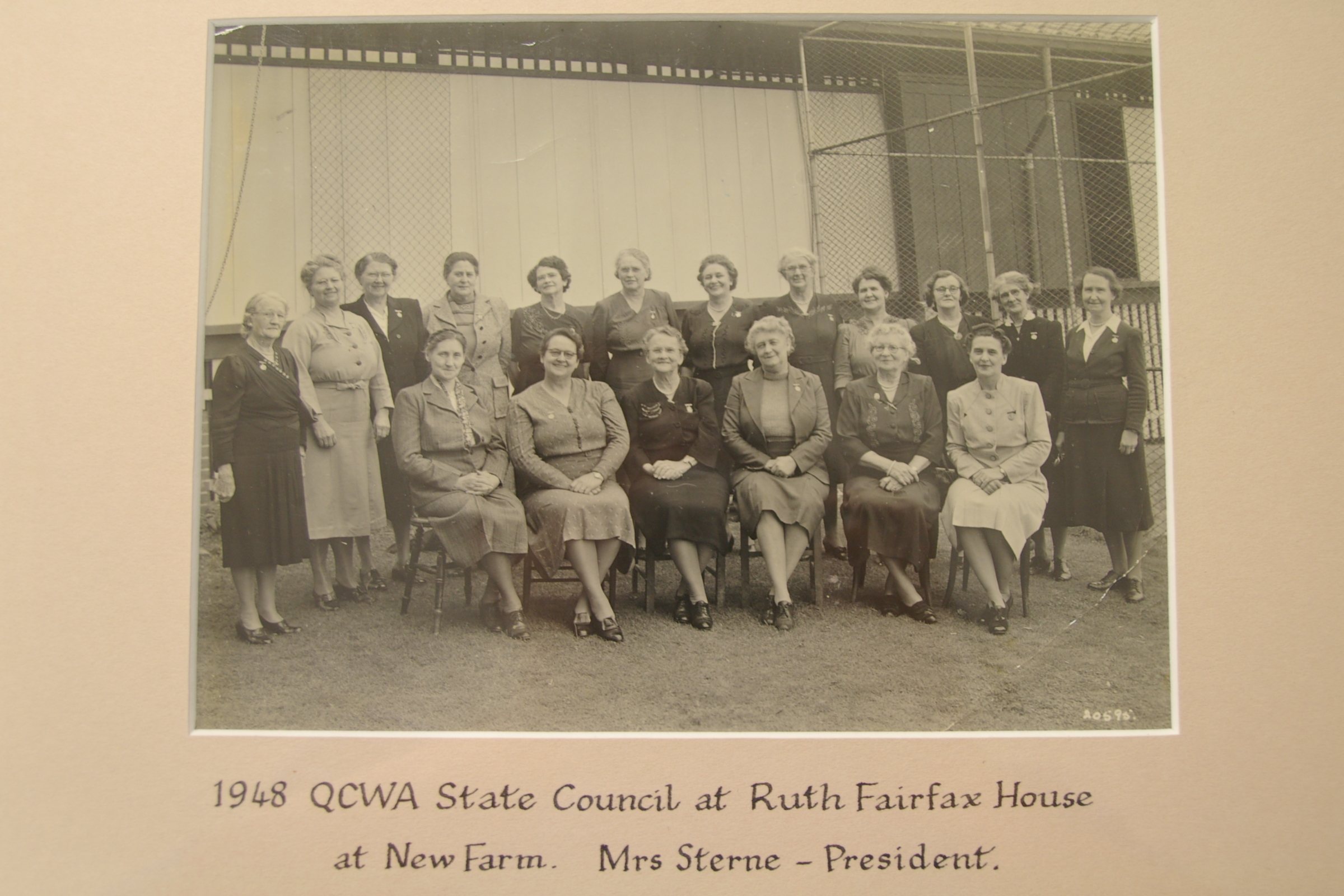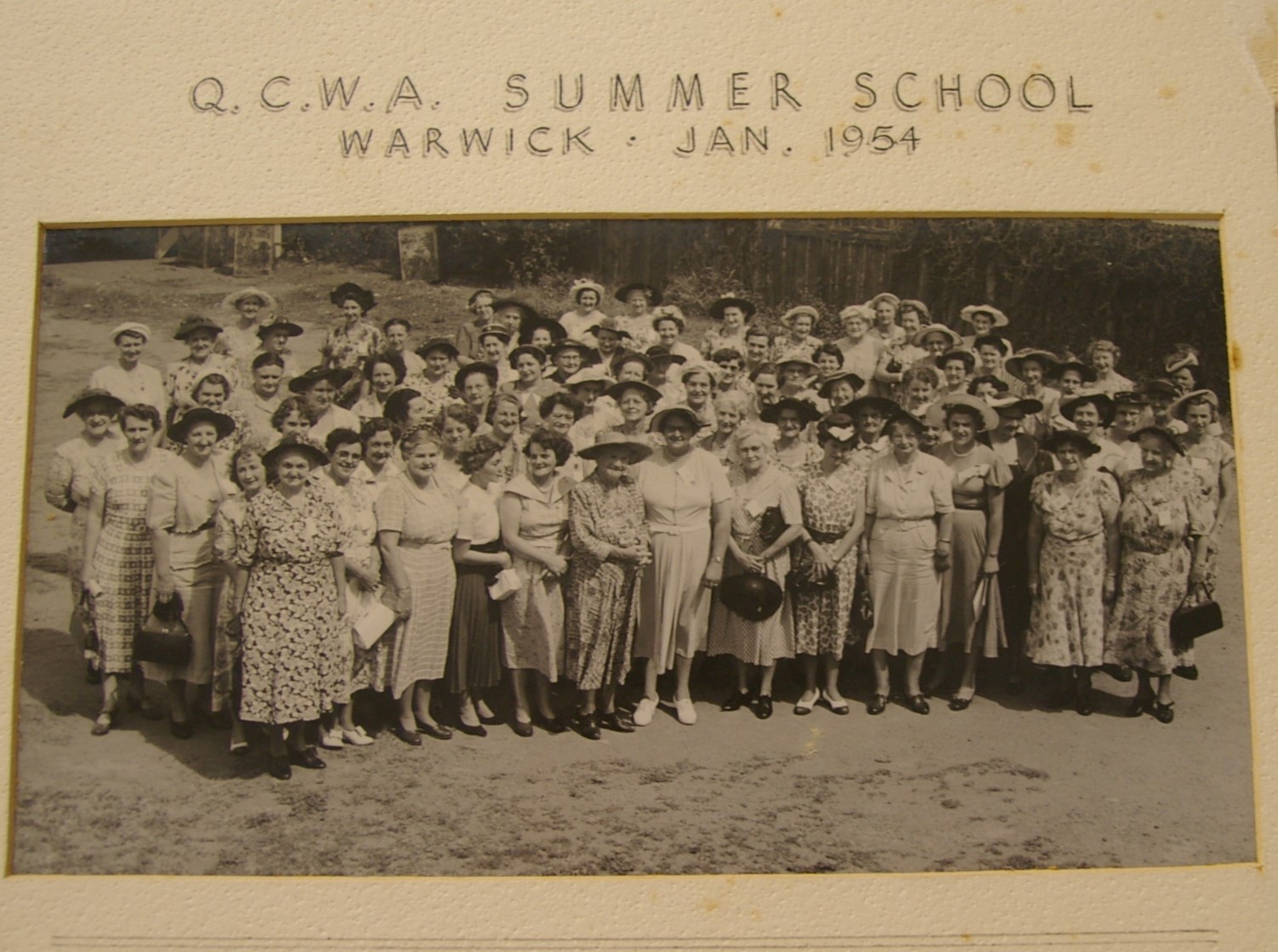 |
early beginnings |
Enduring and endearingThe tyranny of distance: it’s a concept Queensland woman have always understood. In the 1920’s, places we now deem remote were often truly isolated.
Ruth Beatrice Fairfax set about building a collegiate, focused and resilient organisation when she was appointed founding President in 1922. Ruth’s personal commitment and travel throughout the state lead to the creation of 283 Branches with 13,000 members by 1928. While Branch meetings would be a forum for exchanging ideas, and recipes, it is perhaps the tea and scones served at Brisbane’s EKKA that would help embellish this iconic association. First appearing at the EKKA in 1924, the period preceded one of immense national angst.
Unemployment reached 32 per cent in 1932. During these disparate years, true to form, the QCWA branch members, provided sustenance to many rural and remote families. Over the next seven decades, countless QCWA initiatives have continued in some way. Many provided invaluable and practical support in country towns and villages, to women and their families such as rest rooms near railway stations; hostels with medical care for expectant mothers; educational
In the latter decades, much of QCWA’s work focused on assisting drought affected and flood affected women and their families. Members worked tirelessly on the ground, raising millions of dollars for direct practical assistance, such as providing grocery store vouchers and credit with essential suppliers, or paying household bills. No cash payments were made. By helping in this way, not only is the recipient assisted, the money stays in the local community extending the benefit. Motivated by knowledge sharing, as the interests of members expanded, several topic-based state committees emerged to run competitions in cooking, craft, art, photography and public speaking. The deep connection and sense of belonging, the friendships and the working together for common good, clearly resonated with women then, as it does now. Distances are still great but the linkages through QCWA remain strong. |
The QCWA would like to thank the following for their valued support. |
|
 Against this backdrop, the QCWA began to emerge providing a window of relief from the loneliness, offering friendship, support and connection.
Against this backdrop, the QCWA began to emerge providing a window of relief from the loneliness, offering friendship, support and connection.  The Australian economy was severely strained from falling wheat and wool prices, competition from other commodity producingcountries and vast national borrowings. The ensuing 1929 Wall Street crash plunged the world and Australia into economic depression, and brought widespread despair.
The Australian economy was severely strained from falling wheat and wool prices, competition from other commodity producingcountries and vast national borrowings. The ensuing 1929 Wall Street crash plunged the world and Australia into economic depression, and brought widespread despair. During World War II, 1939 and 1945, QCWA branch members stepped to a higher level, working incessantly, providing a staggering list of equipment, produce, goods, and services supporting the war effort in myriad ways.
During World War II, 1939 and 1945, QCWA branch members stepped to a higher level, working incessantly, providing a staggering list of equipment, produce, goods, and services supporting the war effort in myriad ways. .png)
